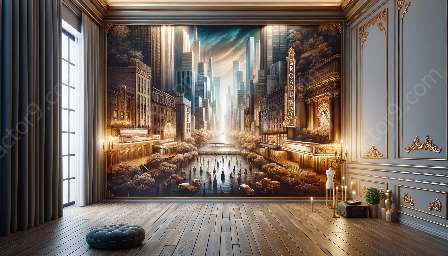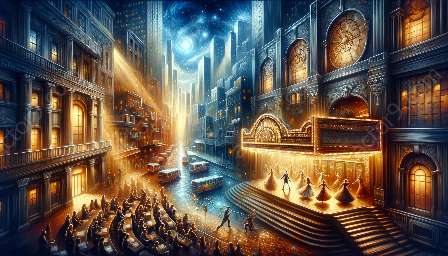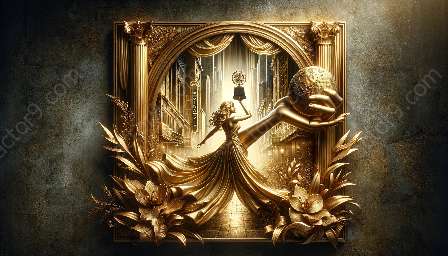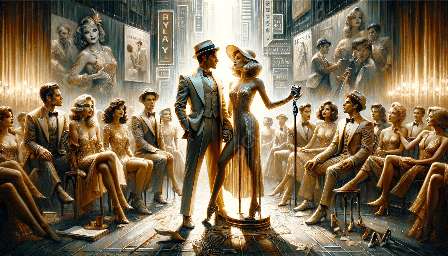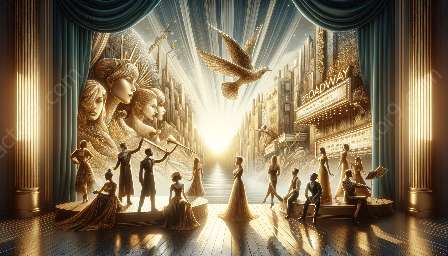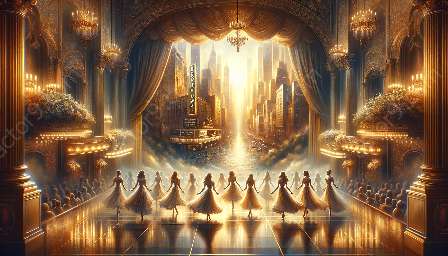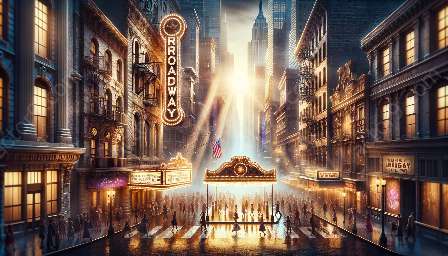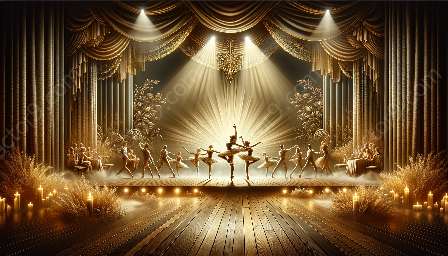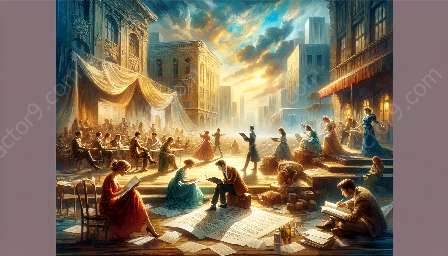When it comes to examining the captivating and varied world of musical theater on Broadway, one cannot overlook the different styles and genres that have found immense success on this iconic stage. From classic to contemporary, the rich history of Broadway has been shaped by a wide array of musical theater styles and genres that have left a lasting impact on audiences and the industry as a whole.
The Birth and Evolution of Broadway Musical Theater
Before delving into the successful styles and genres, it's crucial to understand the history of Broadway and how musical theater came to be an integral part of its identity. The origins of Broadway musical theater can be traced back to the mid-19th century, with a blend of musical, comedic, and dramatic elements. Over time, it evolved into a cultural phenomenon, attracting diverse audiences and spawning a plethora of creative works that continue to dazzle spectators today.
Diverse Styles and Genres that Define Broadway Musical Theater
1. Classic Broadway Musicals: In the early years, classic Broadway musicals set the stage for the genre's enduring success. These musicals, characterized by their engaging storytelling, memorable tunes, and elaborate production designs, include timeless masterpieces like The Phantom of the Opera, West Side Story, and The Sound of Music.
2. Contemporary and Rock Musicals: As time progressed, contemporary and rock musicals made a significant mark on Broadway. Fusing modern themes and music styles, these productions introduced fresh energy and innovation to the stage. Examples of successful contemporary and rock musicals encompass Rent, Hamilton, and Spring Awakening.
3. Jukebox Musicals: Another notable genre that has thrived on Broadway is the jukebox musical, featuring a collection of well-known songs by a particular artist or from a specific time period. These feel-good productions, such as Mamma Mia! and Jersey Boys, have resonated with audiences seeking a nostalgic and entertaining experience.
4. Revivals and Adaptations: Broadway has also been home to numerous successful revivals of classic musicals and stage adaptations of popular films, literature, and even real-life events. These adaptations breathe new life into beloved stories and often introduce them to a fresh generation of theatergoers.
The Influence and Legacy of these Styles and Genres
The success of these diverse styles and genres reflects the adaptability and ingenuity of musical theater on Broadway. They have not only delighted audiences but have also shaped the industry, inspiring future generations of performers, writers, and directors to explore new creative horizons. Moreover, the enduring popularity of these works has cemented the place of musical theater as a vital component of Broadway's cultural landscape.
Conclusion
In conclusion, the different styles and genres of musical theater that have found success on Broadway have contributed to the rich tapestry of the stage and continue to captivate audiences from all walks of life. By honoring the past, embracing the present, and innovating for the future, Broadway and musical theater stand as timeless symbols of creativity, passion, and artistic expression.

